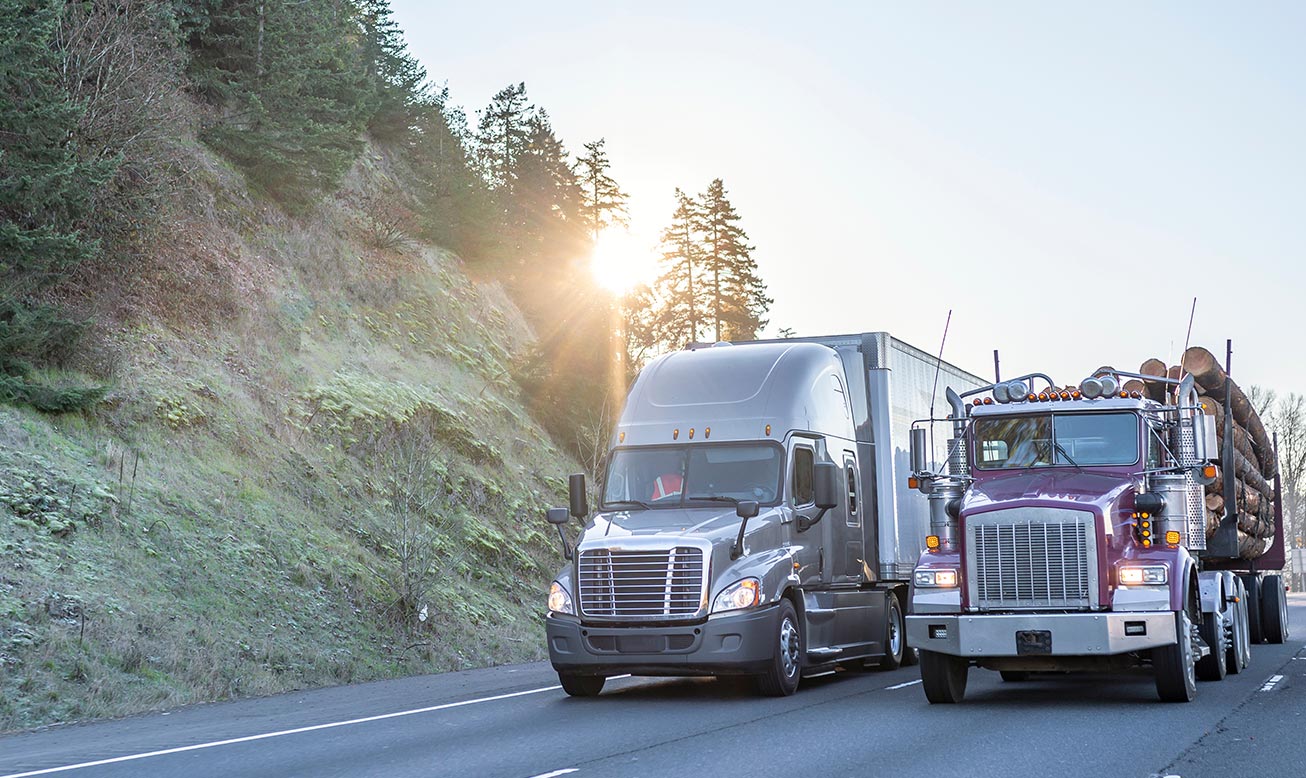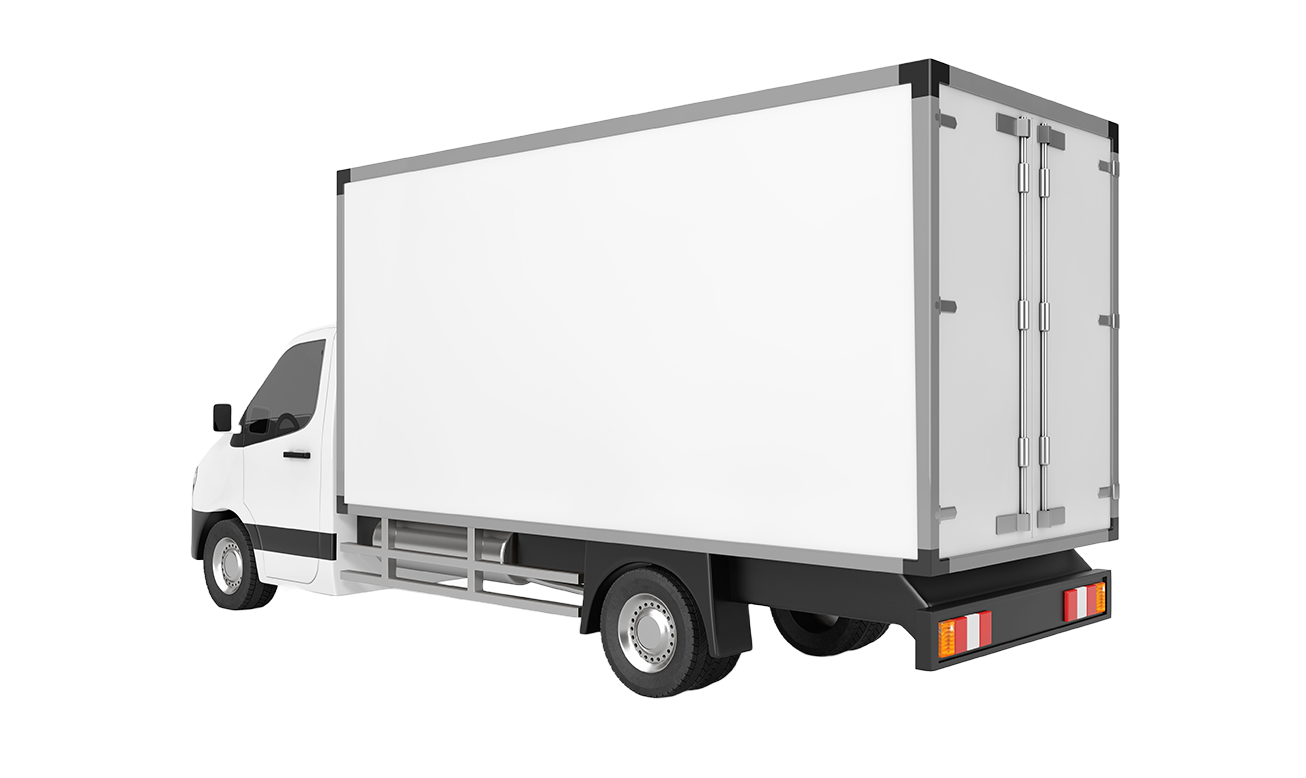April 14, 2025
Streamline Your Freight Operations with FTL and Pool Distribution
Efficiency is the name of the game. Finding ways to optimize freight operations without owning trucks or warehouses can be challenging. But with the right strategies, you can deliver exceptional service while keeping costs low. Full Truckload (FTL) shipping and Pool Distribution are two powerful tools that can transform your freight operations. When used together, they create a seamless, cost-effective, and scalable solution for managing shipments.
The Essence of FTL Shipping
Full Truckload (FTL) shipping is exactly what it sounds like: a single shipment that occupies an entire truck. Unlike Less Than Truckload (LTL) shipping, where multiple shippers share space on one truck, FTL is dedicated to one customer’s cargo. This means no stops along the way, no handling of other shipments, and no risk of delays caused by unrelated freight.
For non-asset-based carriers, FTL is a game-changer. It allows you to offer your clients direct transit, ensuring their goods arrive faster and with fewer touchpoints. This added value is beneficial for time-sensitive shipments or high-value cargo that requires extra care. Plus, FTL simplifies the logistics process: fewer pickups, fewer deliveries, and fewer complications.
But FTL is not just about speed and simplicity. It is also about flexibility. With various equipment options, from dry vans and trailers to flatbeds and tankers, you can customize your services to meet your client’s particular needs. Whether shipping beauty products, oversized machinery, or delicate decoration pieces, FTL ensures that their cargo is handled with the right equipment and expertise.
The Power of Pool Distribution
While FTL is ideal for large, direct shipments, what happens when your clients need to move smaller loads to multiple destinations? That’s where Pool Distribution comes in. This strategy combines FTL’s efficiency with LTL’s cost-effectiveness, creating a hybrid solution that is perfect for retail and multi-stop deliveries.
Here is how it works: Instead of sending individual LTL shipments to each destination, you consolidate multiple shipments into one truckload headed to a central hub or pool point. Once the truck arrives at the pool point, the shipments are sorted and distributed to their final destinations using smaller, local carriers. This approach minimizes long-haul costs, reduces transit times, and ensures that even smaller shipments are handled efficiently.
For non-asset-based carriers, pool distribution is a win-win. It allows you to offer your clients a retail pool distribution solution that is both affordable and reliable. Using our approved partner’s freight distribution network, you can streamline operations, reduce empty miles, and pass the savings on to your customers. Plus, with fewer trucks on the road, you also contribute to a more sustainable supply chain.
Why FTL and Pool Distribution Work So Well Together
At first glance, FTL and Pool Distribution seem like opposites: one focuses on dedicated, direct shipments, while the other emphasizes consolidation and shared resources. However, when you combine the two, you create a freight pool strategy greater than the sum of its parts.
For example, imagine a client who needs to ship large quantities of goods to multiple retail stores across a region. Instead of booking separate LTL shipments for each store, you can use FTL to transport the entire load to a central pool point. From there, the goods are distributed to individual stores using local carriers. This pool point shipping approach saves money and ensures every store receives its shipment on time.
Another advantage of combining FTL and Pool Distribution is scalability. As your clients grow and their shipping needs evolve, you can easily adjust your strategy to accommodate larger volumes or new destinations. Whether handling a single large shipment or coordinating a complex retail pool distribution network, this hybrid strategy gives you the flexibility to meet your client’s needs without overextending your resources.
Technology in Streamlining Freight Operations
Of course, none of this would be possible without the right technology. Modern logistics relies on advanced tools to optimize routes, track shipments, and manage operations in real time. For non-asset-based carriers, investing in the right tech is essential for staying competitive.
Route optimization software is one of the most valuable tools for FTL and Pool Distribution. By analyzing factors like traffic, weather, and delivery windows, these systems help you plan the most efficient shipping routes. This planning helps reduce transit times, lower fuel costs, and minimize vehicle wear and tear.
Another key technology is GPS tracking, which allows you to monitor your shipments’ location in real time. This is essential for your pool distribution strategy, where multiple shipments are sorted and delivered simultaneously. With real-time visibility, you can quickly address any issues and keep your clients informed every step of the way.
Finally, do not underestimate the power of freight matching platforms. These digital marketplaces connect shippers with carriers, making it easier to find available trucks and fill empty backhauls. You can maximize your capacity and reduce costs by using these platforms, even without owning your fleet.

The Benefits of a Consolidated Approach
When you combine FTL and Pool Distribution, you are essentially creating a consolidated shipping solution that offers the best of both worlds, especially for clients with complex shipping needs, such as retailers or manufacturers with multiple distribution points.
One of the most significant advantages of consolidated trucking is cost savings. By consolidating multiple shipments into one truckload, you can reduce per-unit shipping costs and pass those savings on to your clients. At the same time, you are minimizing the impact of your operations on the environment.
Another benefit is improved efficiency. With fewer touchpoints and shorter transit times, your clients’ goods are less likely to be damaged or delayed, strengthening your reputation as a reliable carrier.
Finally, a freight pool strategy allows you to offer a more personalized service. By understanding your client’s unique needs and tailoring your solution accordingly, you can build stronger relationships and secure long-term partnerships.
How to Implement FTL and Pool Distribution in Your Operations
Ready to take your freight operations to the next level? Here are a few tips for getting started with FTL and Pool Distribution:
Assess Your Clients’ Needs – Start by understanding your clients’ shipping requirements. Are they moving large, single shipments, or must they distribute smaller loads to multiple locations?
Build a Strong Network – To succeed with Pool Distribution, you need a reliable network of local carriers and pool points. Invest time in building relationships with trusted partners who can help you deliver your promises.
Rely on Technology – As mentioned earlier, technology is key to streamlining your operations. To maximize efficiency, look for tools that offer real-time tracking, route optimization, and freight matching.
Communicate Clearly – Keep your clients informed every step of the way. Transparency ensures that everyone is on the same page and builds long-term trust.
Monitor and Adjust – Finally, do not be afraid to tweak your strategy as needed. Logistics is constantly evolving, and staying flexible is essential for success.
So, what are you waiting for? For us at Last Mile Logistics, it is time to help you streamline your freight operations and take your business to the next level. With FTL and Pool Distribution, the future of logistics is within reach. So please call Arnie today so we can evaluate your transportation needs.


